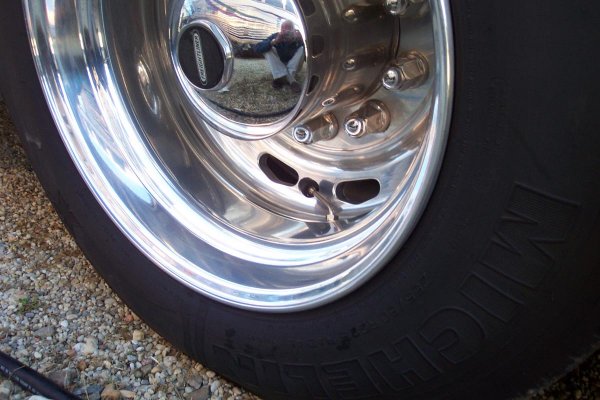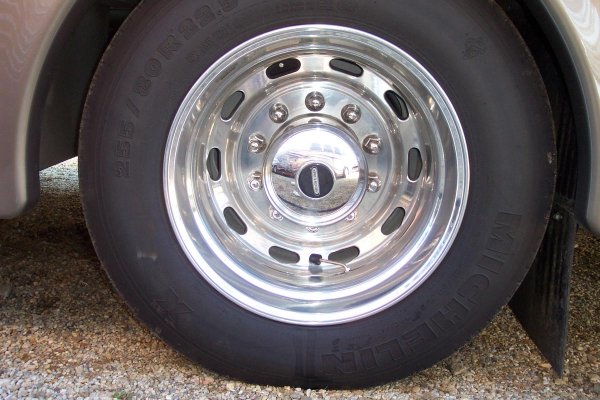Thanks Ned,
You said, "The sesnor batteries aren't affected by the monitor at all.? They send out a brief signal periodically to say that they're still alive, but they don't know or care if the monitor is on."
What I was concerned with is this statement in the installation manual:
"If a low-pressure alert is given while in storage, the Sensor will alert until the pressure is corrected and could dramatically affect the battery life of the Sensor."
After rereading your comment and the installation manual, it appears that turning the monitor off will not have any affect on the life of the Sensor battery. If it detects a low pressure it will just sit there sending out it's signals until the Sensor battery runs down.? PressurePro's recommended solution is to remove the Sensors while the coach is in storage.
On the other hand, in the FAQs they have this:
WHAT MAKES MY SYSTEM SENSORS TRANSMIT?
Sensors will transmit data to the Monitor under the following conditions:
1 Sensors update with a signal every 5 minutes.
2 Air pressure has dropped 12.5% of your baseline tire pressure. This alert will continuously transmit once per second until low pressure is corrected or the ON button is pressed to place Monitor in Reminder Mode.
3. Air pressure has dropped to the second alert level, 25% under your
programmed pressures. Alert will transmit twice per second. If a button is
not pressed, unit will alert until pressure is corrected or up to 15 hours.
4. A Sensor is removed from its tire.
What do you suppose #4 means. If I remove the sensors for storage, is it going to continuously transmit?
Oof, I'm getting confused. :



